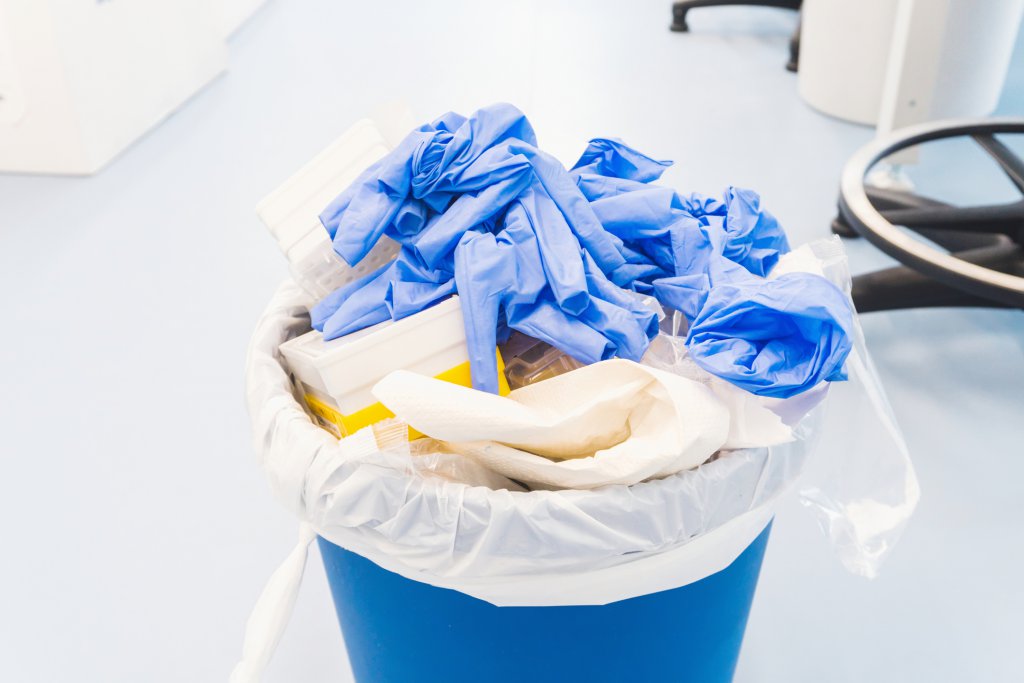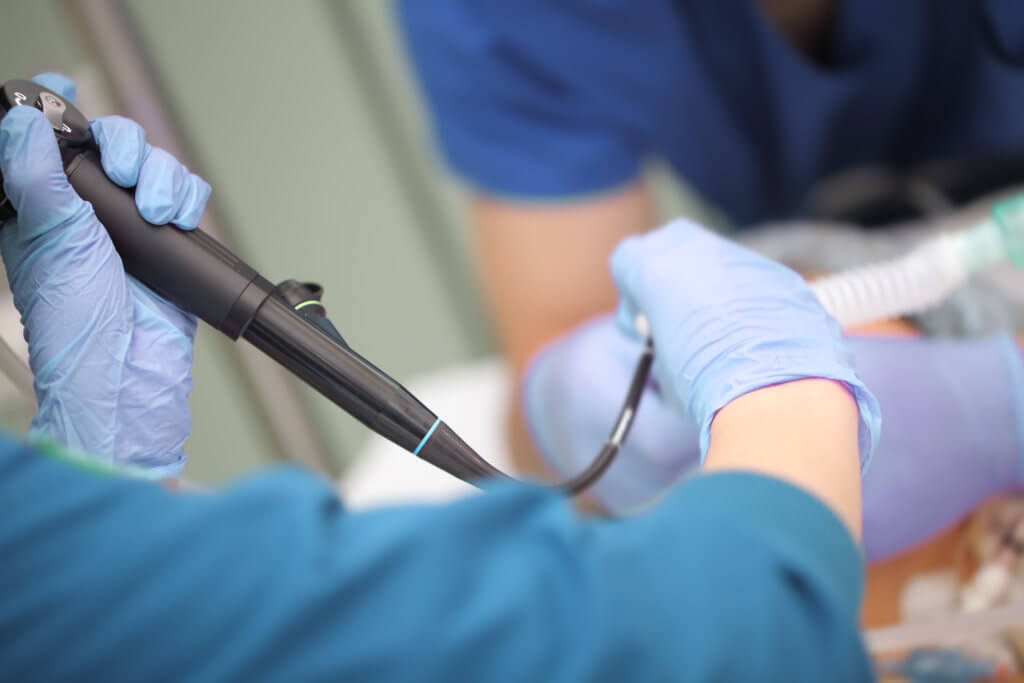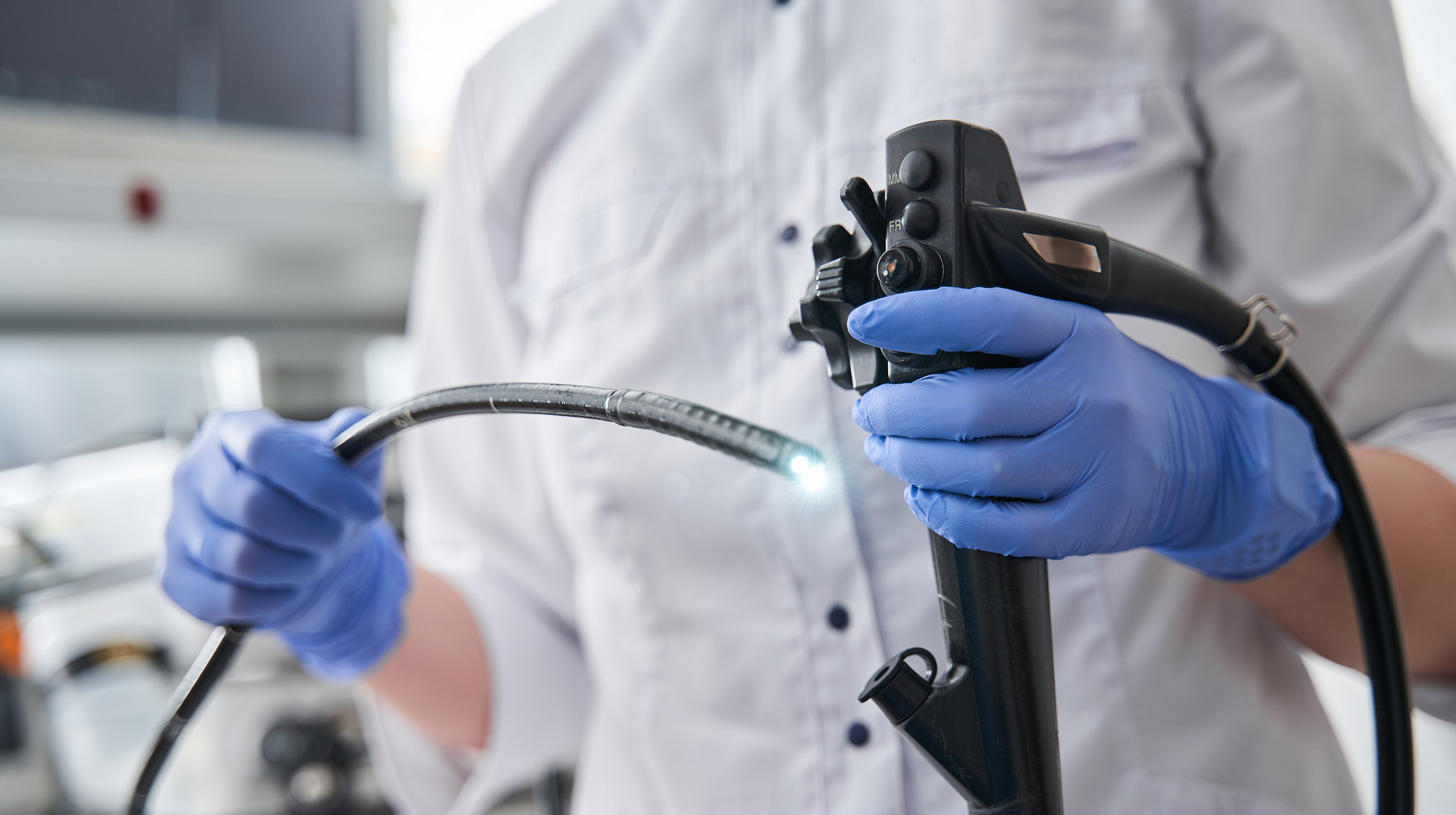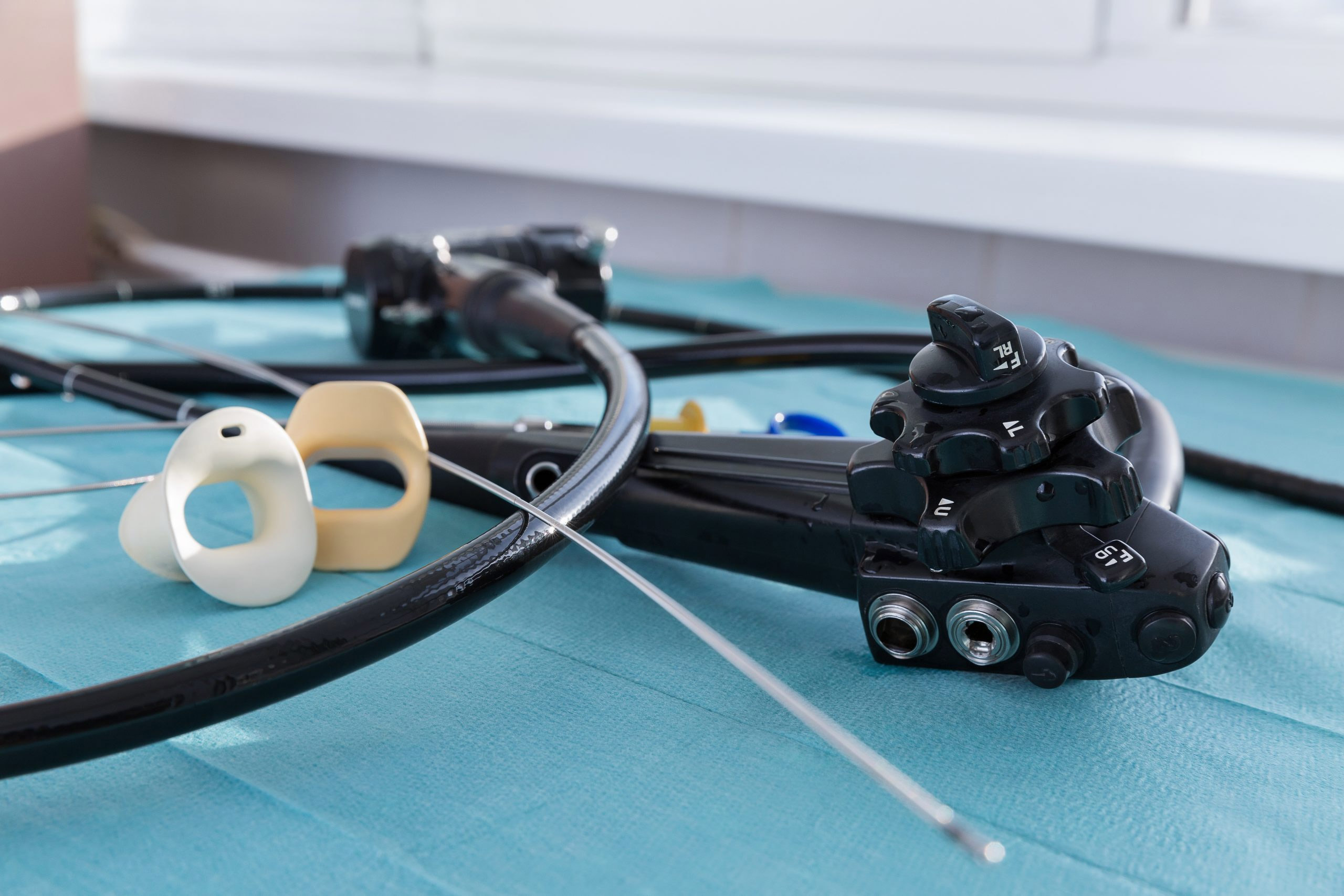
U.S. hospitals generate an estimated 32,000 pounds of waste each day, running up high tabs and negatively impacting the environment.
Improper waste disposal – classifying it as regulated medical waste (RMW) when it shouldn’t be – costs U.S. hospitals millions of dollars in excess spending. In fact, a 2017 study estimated that in five years, improper waste could cost $700 million in excess healthcare spending.
And endoscopists are part of the problem.
In their survey, published by the Society of Gastroenterology Nurses and Associates, researchers Deepak Agrawal, Valerie Shoup, Amy Montgomery, Jedrek Wosik, and Don C. Rockey, found that less than a third of the more than 350 surveyed gastroenterologists and nurses disposed of endoscopy accessories appropriately. Most decided on their own to mark accessories as RMW – incorrectly, it turns out.
“When in doubt, the healthcare professionals in our study err on the side of treating waste as infectious. This is likely due to confusion about regulations, poor education, and lack of concern about financial and environmental consequences,” the authors concluded.
Unfortunately, there is no federal standard for waste removal from hospitals when it comes to RMW in the endoscopy unit or elsewhere. States generally regulate RMW, and regulatory agencies, hospitals, and environmental groups have their own definitions and protocols for infectious waste.
The Occupational Safety and Health Administration defines RMW as waste that includes liquid or semi-liquid blood or other potentially infectious materials, or materials that could release liquid or semi-liquid blood during handling. The definition also includes sharps.
RMW should only constitute roughly 7 percent of total medical waste. However, it comprises an estimated 50 to 70 percent of the total, according to 2014 estimates.
Operating rooms generate most hospital waste, but endoscopy units also produce significant amounts. This includes endoscopic snares, dilating balloons, endoscopic retrograde cholangiopancreatography (ERCP) wires and sphincterotomes, nasogastric tubes, and saline bags. All these accessories are classified as “nonsharps” and should be regular trash. Surveys of gastroenterologists, nurses, and technicians, however, found that these accessories are often disposed of as RMW.
RMW needs to be rendered noninfectious before removal and that makes it 10 to 20 times more expensive to dispose. Incineration is the usual method, which releases toxic chemicals into the air.
“We would argue that all healthcare providers have the responsibility to act as advocates not only of the public’s health but also of all of our resources,” the authors noted. “Measuring and reducing the environmental impact of healthcare should be considered an extension of efforts to improve healthcare quality and efficiency.”
Missing from the 2017 survey was information from GI technicians, who are mainly responsible for waste disposal in endoscopy units.
As a manufacturer of single-use devices, Ambu is acutely aware of the potential environmental impact that comes with significantly reducing the risk of cross-contamination to patients by providing new, sterile instruments for each procedure. Ambu has pledged to provide single-use devices in 100 percent recyclable material by 2025. Ambu launched a single-use duodenoscope in 2020.


